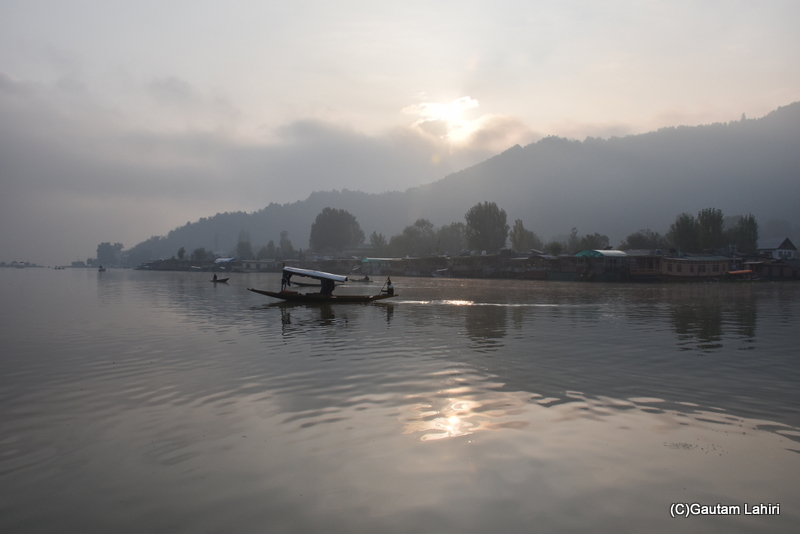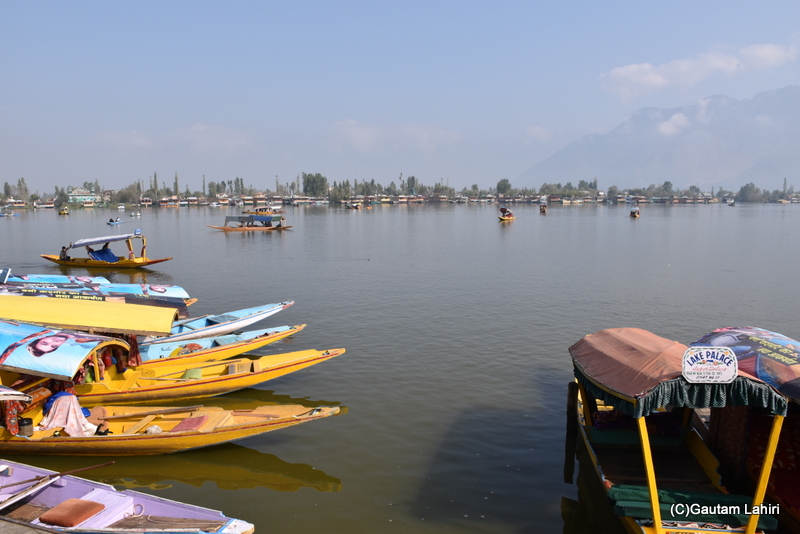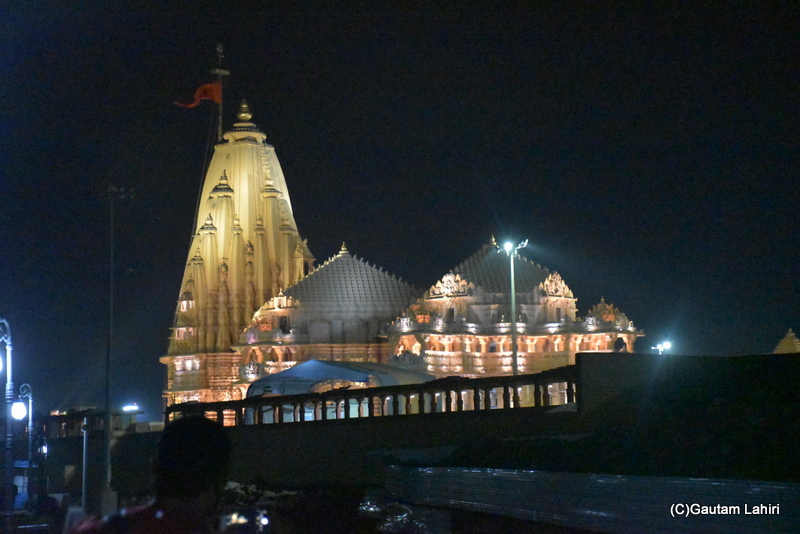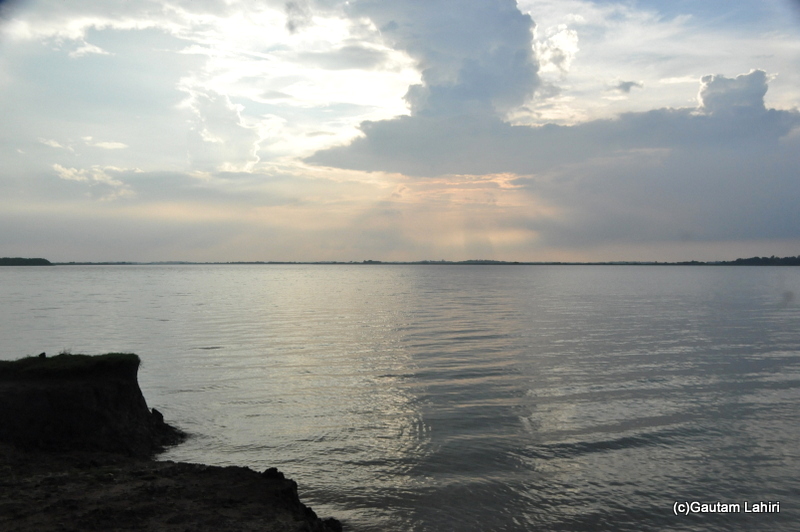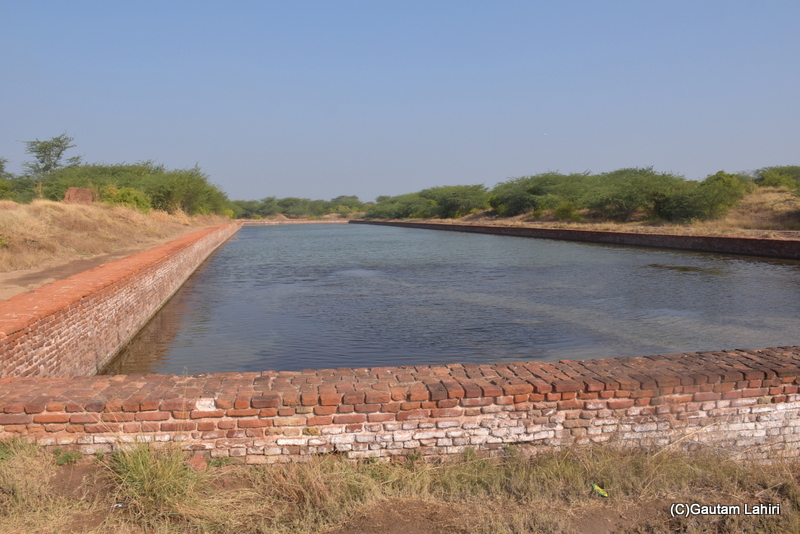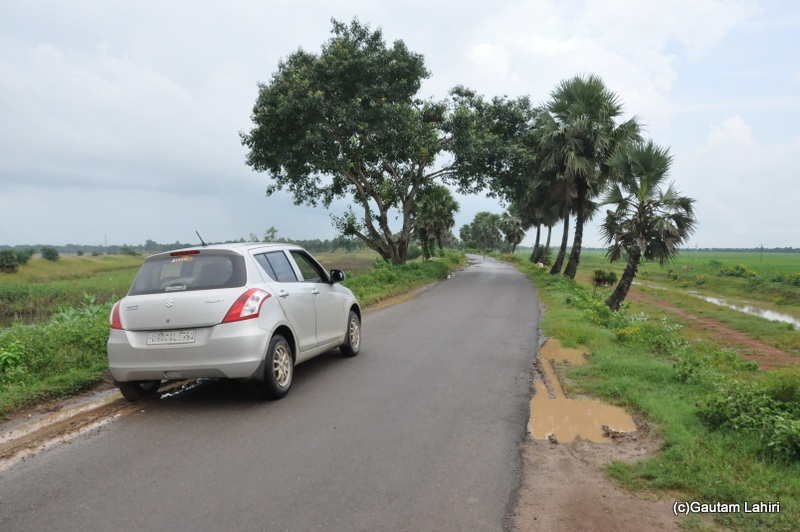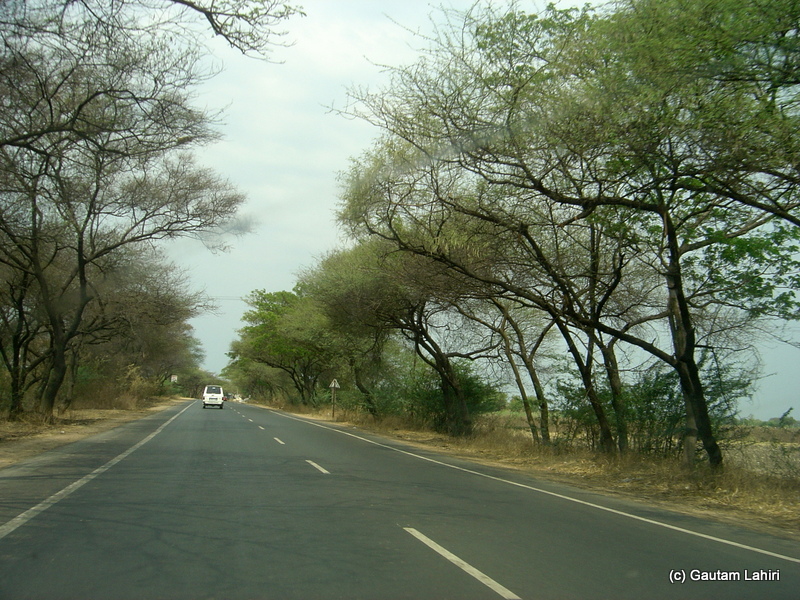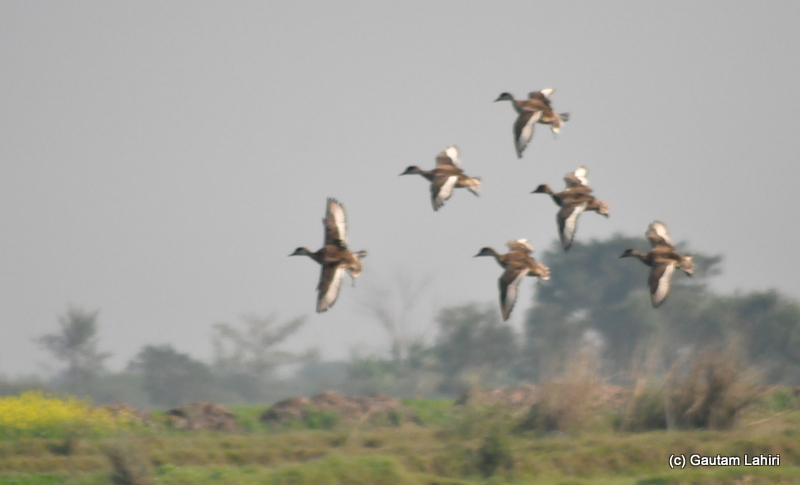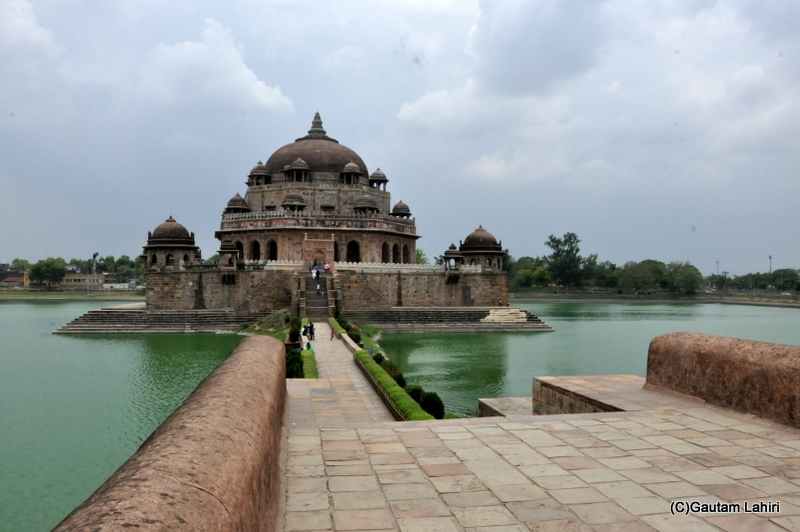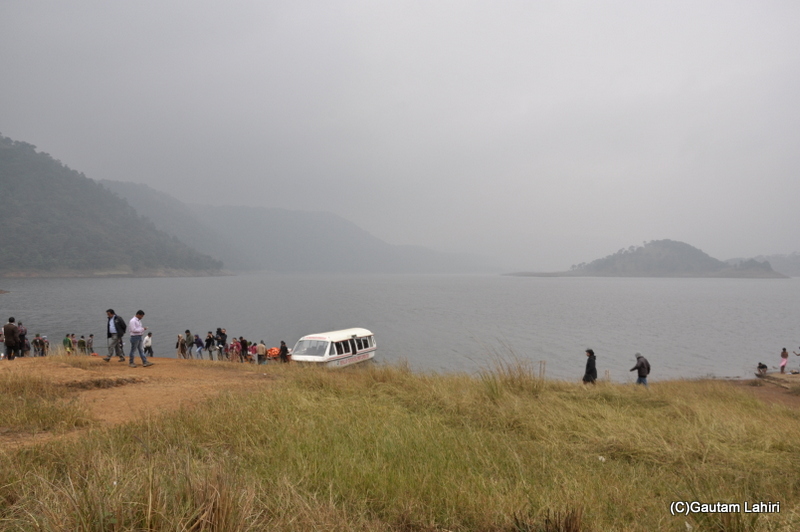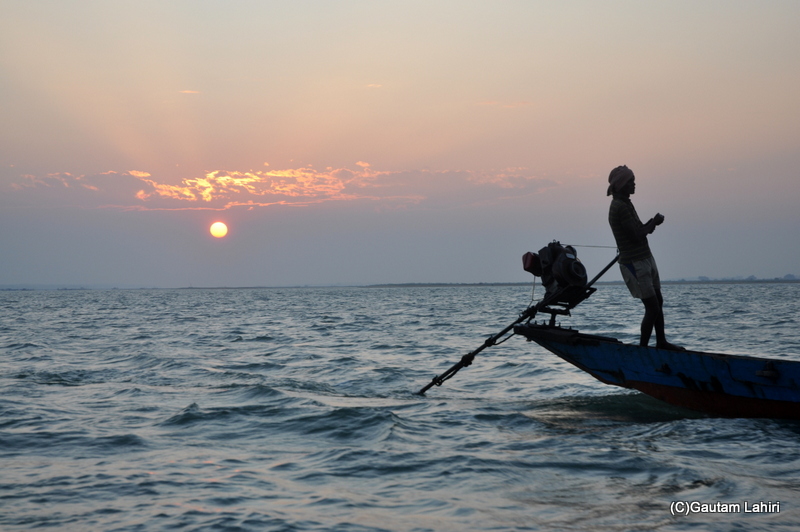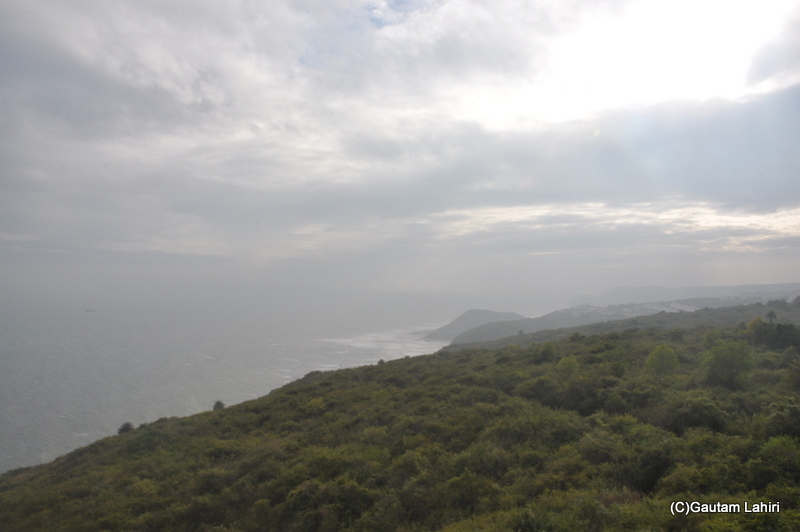The month of March in and around Calcutta usually shows a little bit of crispness in the morning. The coolness lingers and makes it quite refreshing for travellers who look for a day trip, a drive of around fifty kilometres from the city to recharge the torn nerves of both the mind and body. Before the tropical heat engulfed us all, and take refuge for at least for the next eight months, we thought of a short drive to one of Bengal’s historic towns – Chandannagar.
The odometer of the Swift showed forty-two kilometres from Calcutta. We had set course from Calcutta along the old Grant Trunk road (GT) after we took a slice off the approach of Durgapur Expressway from where the GT road starts. The GT road is going through a complete transformation. Gone is the narrow state highway width. The road is getting wider with two-lane two-way highway. It’s being built so readers may find the finished road in another two years from now which is March 2018.
It will surely be a breeze for the drivers who intend to travel to Santiniketan or the smaller towns of West Bengal along this road which Sher Shah Suri made several centuries ago.

After travelling thirty kilometers we took a right into a maze of newly asphalted roads that snaked their way up to an overpass or a flyover. Nature was at it’s best in painting either side of the road with various degrees of green.
The paddy fields waved at us in the mid-afternoon breeze and rows of banana trees ushered us into the deeper recesses of the Chandannagar town.

The meandering roads bifurcated within the short forest covers that dotted just as we approached the town. At a stage the forest thick cover, good quality road reminded us of a drive we made to the small city of Ranchi in the state of Jharkhand, India. However, this was West Bengal in its summer glory.

Finally, we drove into the town which was quite straight and blemish-less as far as the potholes were concerned. It was interesting to find a “Bowbazar” in Chandannagar as one such place exists with the same name in Calcutta.
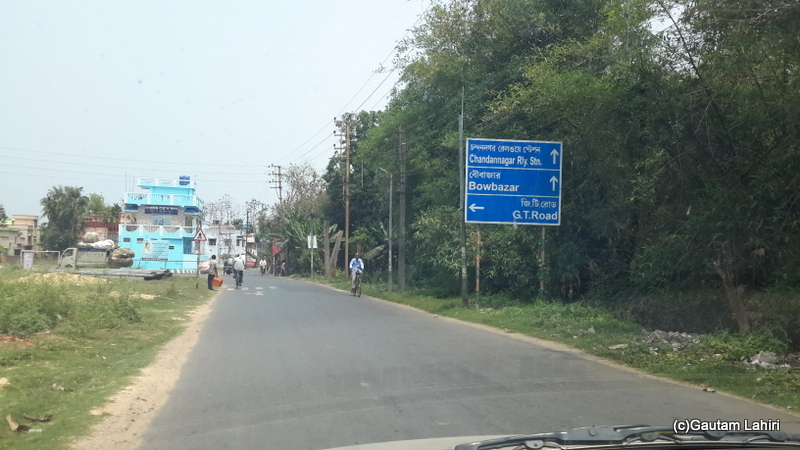
Within minutes, the Swift lost its free run on the road as we had entered the town. Congested with people, trucks, cars, rickshaws the area wore a typical photo frame of West Bengal’s small towns.
The unique combination of old houses, shops dating back to 1800s’, were still standing tall and gave a fight to the steel structures of the modern-day shopping malls and offices that we drove past.

After about a ten minute drive through the labyrinth of streets, we came to an open place, quite neat, refreshing. The road was flanked by a series of old houses made during the French rule, and on the other side by the slow flowing placid Hooghly river. A wide sidewalk or a footpath was holding wrought iron long chairs that were all occupied by the revelers. The sun, fortunately, had cast a mild glow and the breeze from the river was delightfully soothing. This place was known as “Strand“.
Decorated lights embellished the sides and I am sure in the night, the road dazzles with the shimmering lights off the river on one side and the old French buildings on the other.

A French styled structure sat in the middle with merrymakers jostling around it. Iron chairs adorned the balcony where the people sat with their hair swept back from the strong wind which blew over the river. The gentle sound of the water and the riverboats almost made us fall asleep.
The balcony with its decorated superstructure looked gallant in the mid-day sun as the yellow colour flashed and beckoned people to touch the soothing sight.

The Dupleix palace has now been turned into a museum and a center for French learning. The edifice stood magnificent bang opposite the Strand. Unfortunately, being a Saturday, the museum was closed and we could not enter it. What we gathered that around 1730 AD, Joseph François Dupleix became the governor of Chandannagar town and this building was his residence.
Perhaps, during his regime, the trade flourished and Chandannagar had qualified to be the top spot for European businesses in Bengal. Later on, with the passage of time, Calcutta became the main hub of business and Chandannagar had to be satisfied with its rich history.
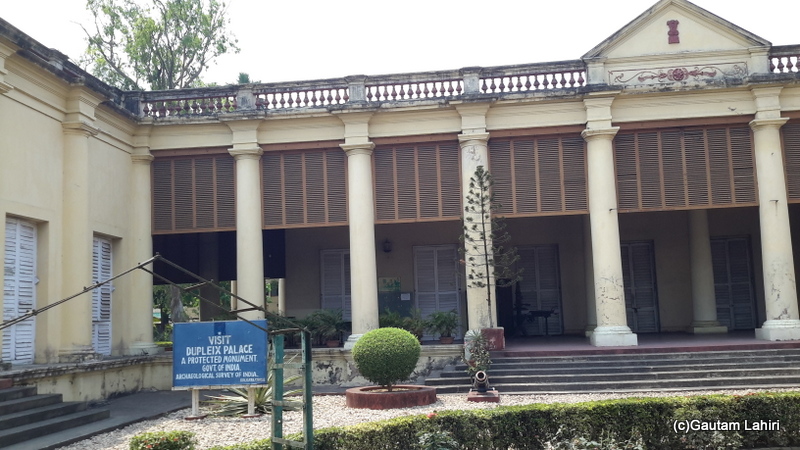

The road with the buildings, especially the colors used behind the museum was very similar to the roads, and buildings that a visitor will see in Pondicherry, another French quarter in Tamil Nadu state of southern India. Off-white to yellow walls, with green doors and windows, showed the consistency of approach wherever French settled, I assumed.
The most striking feature of Chandannagar is its cleanliness. The roads, the promenade, the sidewalks; everything was scrupulously clean. It was a joy to experience the freshness of the place.

About two hundred meters from the museum, there’s a road which takes a left turn and houses another very old building. We drove through a canopy of trees and parked on the left of the church beside an open field. We had reached the Sacred Heart Church of Chandannagar. The unmistakable resemblance to the Bandel Church could be seen if one notices the structure of the church, the dome or the spire in the middle with rectangular structures on either side.
A triangular park laid itself up front with few statues and small gardens lay within it. The trees that lined the park were well manicured which meant authorities looked after them well. Religious flags flapped in the breeze as we entered it.

The church is situated near the Strand. It was built by a French architect Jacques Duchatz in 1691 AD. Paul Goethals had inaugurated or opened it to the public in 1884.
The church has been serving the inhabitants of Chandannagar for more than two centuries now.


There are beautiful wooden motifs and one can get to see the beauty of the French architecture of that period. However, the building needed renovation and attention.

We had made a short checklist of the places that we had planned to visit. The two places that remained were the French cemetery and the ‘patal-bari‘ or a unique house which sits on the bank of the river Ganges with its ground floor submerged under the water surface. In Bengali, ‘patal’ means below the ground and ‘bari’ means house.
So we turned back and drove through the town about two kilometres and on the GT road near the hospital crossing, we came to the old French cemetery.


The cemetery built in the year 1688 has one hundred and fifty tombs. Mortal remains of many French personalities existed, who shaped the character of the town of Chandannagar. French commander Duplessis lay buried.
Founder of Chandannagar hospital, Leon Margain was among others, rested in this historic piece of land.

The cemetery land is shared by St. Thomas School which looked quite old. We entered the cemetery from the School gate. Having spent about twenty minutes, we headed towards the patal bari which was about two kilometers away on the bank of the river Ganges.
No trip is complete without a hearty lunch. We drove through the old town scouring for a good food joint.
We looked for a spot where we could get something to eat which is typical Chandannagar.

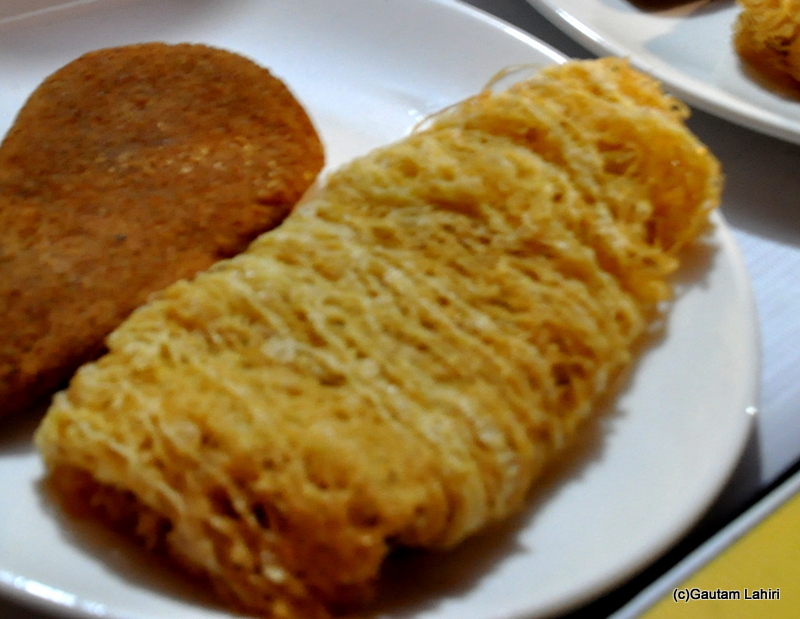
We found one which looked clean and the food was seriously good. Once we entered it, we found to our delight that a food fest is on with few Bengali dishes.
It had an uneven mix of lunch, light snacks and Bengali sweets.
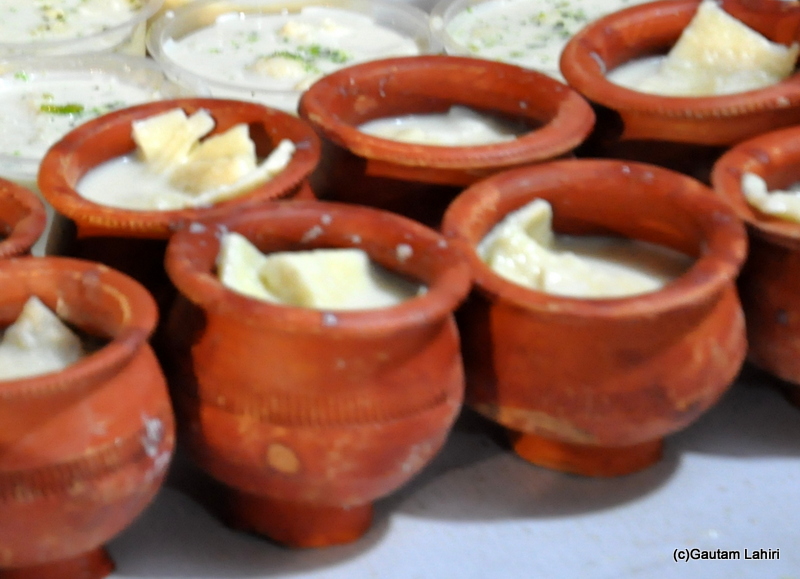
This was buffet. The aroma of the food, and being famished, it did not take long before we dived in..

With the brilliant lunch we frankly felt like crashing, so settled on the leather cushion of our Swift car and parked along side the river Ganges.
The river bank had a shade of big trees which covered us from the harsh sun. After about thirty five minutes of rest, we fired up to see whatever was left of the town.

The exploration of Chandannagar was coming to an end for us. The clock showed little after four in the afternoon. We parked near the strand and sat on the wrought iron benches overlooking the river.
The breeze drifted over the entire area and all the day’s tiredness was gone. A few boats crossed the river ferrying passengers to the town of Jaggadal, which was across the river.

Chandannagar is also famous for holding the Jagadhatri puja annually, every November. The organizers showcase their creativity through the dazzling display of electric decorations across the scaffolding they erect.
The streets get filled up with local artisans and traders who do brisk business with thousands of visitors thronging the town to rejoice.



It was a wonderful experience of spending a day at the historic town of Chandannagar. The weather was perfect as the clouds and sun played hide and seek amidst a mad rush of sweet breeze.
The peaceful town provided a slice of history before the British era started and the people of this place have preserved it with love and care which were fascinating.
Hope you enjoyed our journey as much I loved narrating it.
Thanking you for being till this point ☺️


